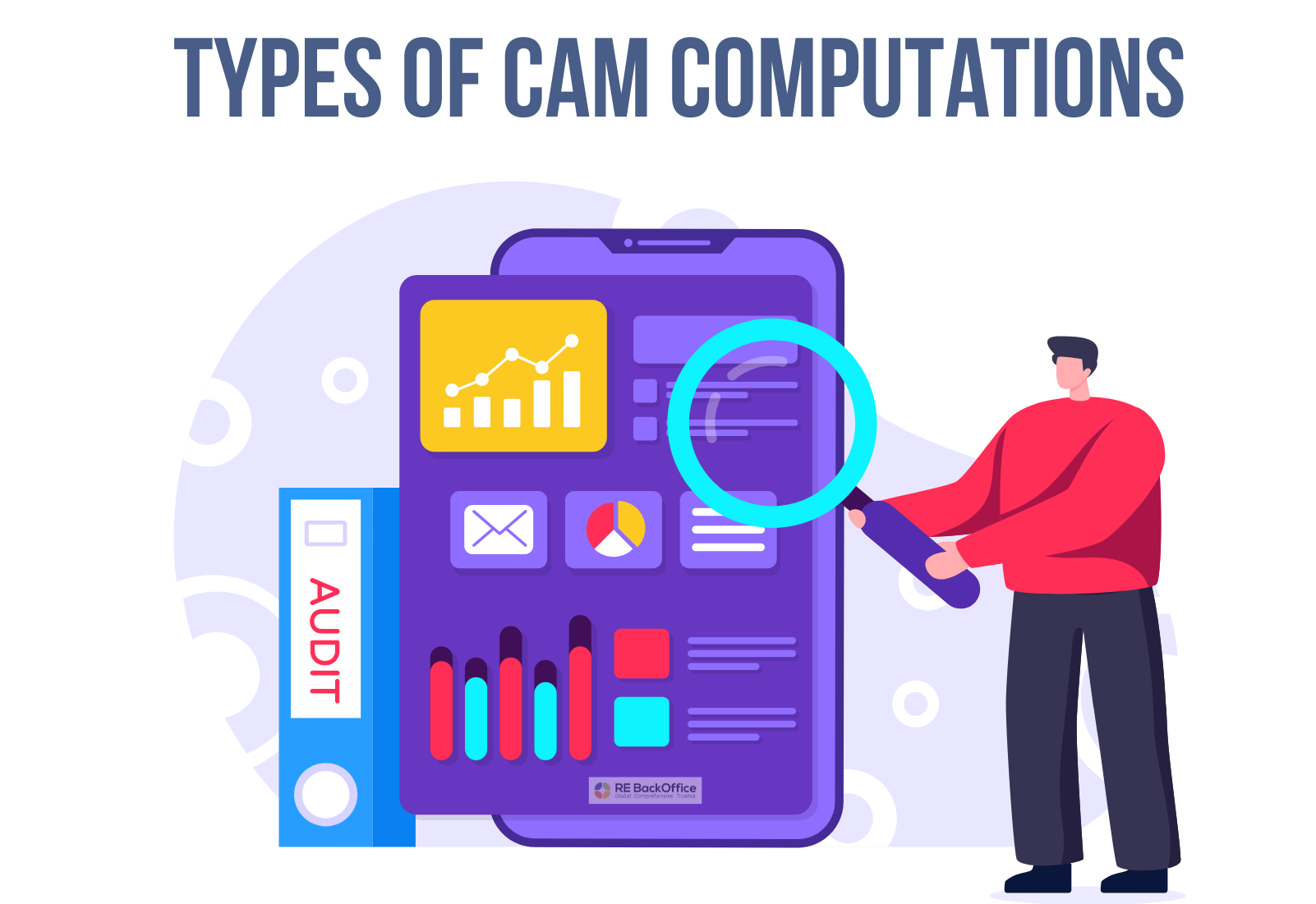CAM or Common Area Maintenance charges are a critical component of Triple Net leases. Our blog this week discusses the various types of CAM calculations that may find their way into your lease. But, before you proceed, if you’d like a quick refresher on what CAM constitutes, please check out our last blog post, CAM (Common Area Maintenance): An Overview.
Fixed CAM
Fixed CAM refers to a fixed amount of CAM charges that would be levied on the tenant. When CAM is computed on a fixed basis, there are some advantages to both parties, i.e, the landlord and the tenant. For the tenant, there’s a sense of certainty and security because the tenant doesn’t have to pay more even if their pro-rata share becomes higher owing to a lower occupancy rate of the leased premises. Why? in the case of Fixed CAM, regardless of the occupancy rate and the tenant’s pro-rata share they will continue to pay the CAM amount agreed upon in the lease. Also, since the different expenses under the CAM header are not calculated and consolidated to arrive at the CAM share of the tenant, there’s no scope for CAM audits or year-end reconciliations and adjustments. From the landlord’s perspective, irrespective of the actual expense incurred, they will get the fixed CAM amount, which will work in their favor if the actual expense incurred is less than the fixed amount. This arrangement works best when the tenant and landlord have a long-standing, trusted relationship. The fixed CAM amount is generally what is considered fair and reasonable by both parties. Also, sometimes, the parties may agree to include a clause to safeguard themselves and include certain expenses under the CAM header in the Fixed CAM category and charge/pay some others on a pro-rata basis based on the actual expense incurred.
Limiting CAM Charges when not opting for Fixed CAM
Fixed CAM is not very common and tenants usually opt to pay for CAM expenses as a percentage based on their pro-rata share. However, in such cases, there’s always an underlying fear of the lease ROI being affected negatively for the tenant due to unforeseen increases in CAM charges. This challenge is resolved by putting a cap on CAM charges. There are different ways in which CAM charges can be capped to safeguard tenants’ interests. Any CAM charge hikes are limited to a pre-decided percentage of the base year’s CAM expenses or the previous year’s CAM expenses. The percentage rise may be calculated on a cumulative or compounded basis, depending on the lease agreement.
If, as a tenant, you are not opting for Fixed CAM, please be sure to conduct regular CAM audits and reconciliation to ensure you are not paying more than what you owe in terms of CAM chargers. You also need to understand the various clauses in the lease that will affect your share of CAM charges. CAM audits and reconciliations by a reputed lease administration services provider can help you save a significant amount of money annually, especially if you are a tenant with leased premises across multiple locations.
Rebolease.com, powered by RE BackOffice, Inc., is a premier provider of lease abstraction, administration, audit and accounting services. Headquartered in Pittsburgh, PA, we are a global boutique firm, providing high-quality services to top-tier clients across industry verticals, covering every type of lease and on any lease platform. We are proud to be a trusted partner, for 15+ years, to leading retailers, REITs, property owners/managers, and corporate accounts seeking a strategic advantage. All client projects are performed in-house.
